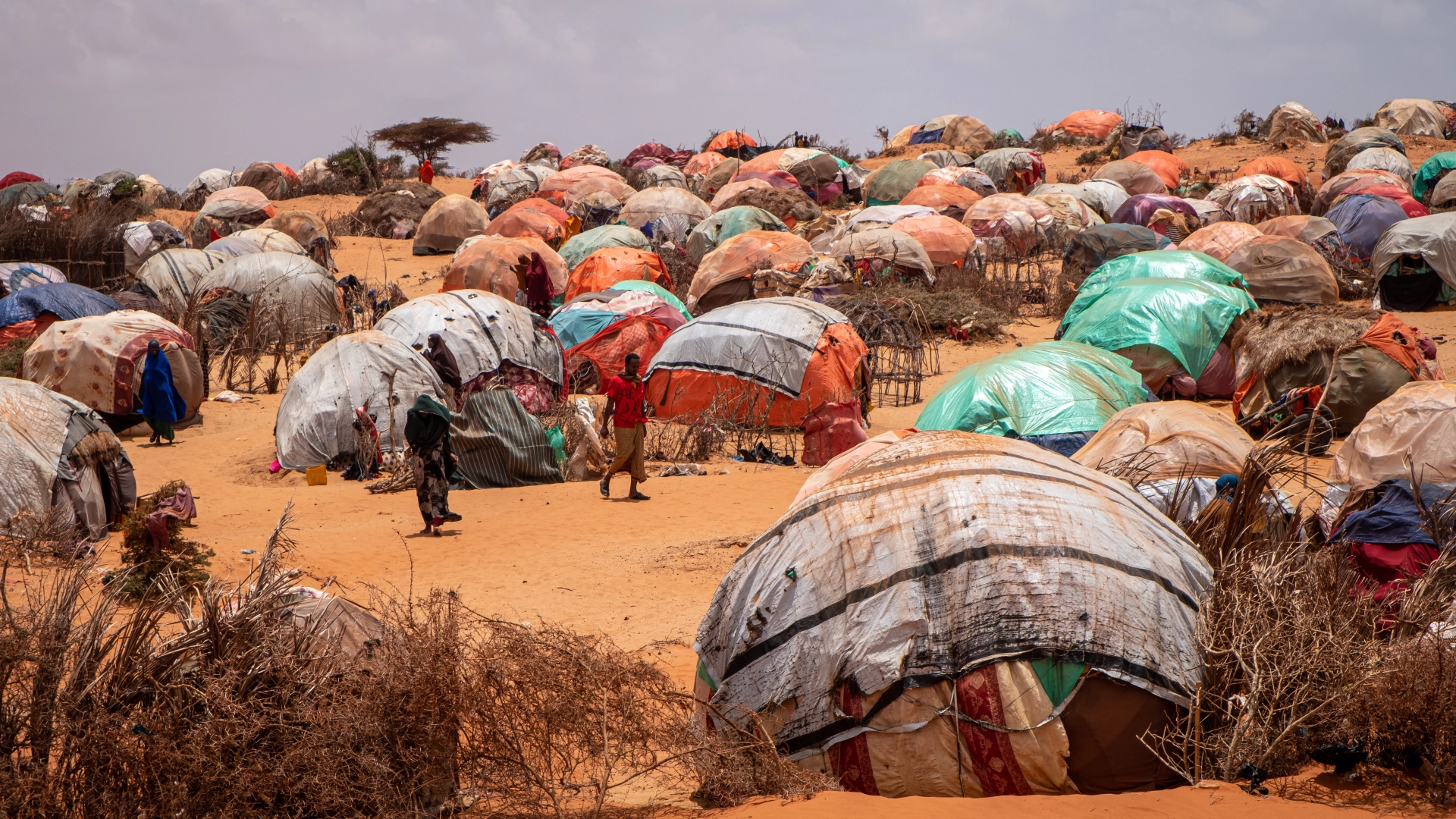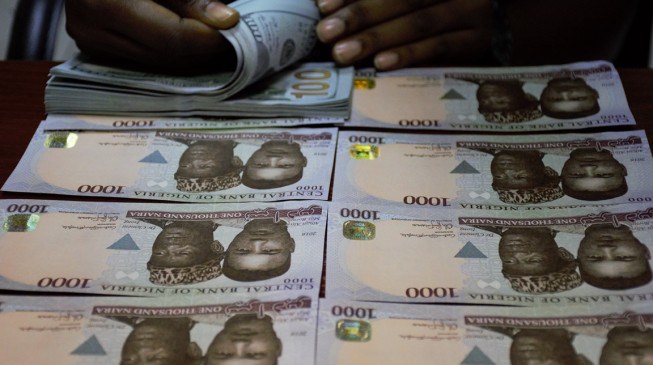Tens of thousands of Somalis are crossing into Kenya to find food and water for their families as the Horn of Africa suffers from a drought.
Over 80,000 Somalis have entered Kenya in the past two years, fleeing a complex mix of conflict and drought, according to the UN Refugee Agency (UNHCR).
As the Horn of Africa region experiences its worst drought in 40 years, Somali families seeking refuge from the drought at home continue to cross the border into neighboring Kenya.
The drought, which has been caused by four unsuccessful rainy seasons and is expected to be followed by a fifth, has displaced numerous people who have already been forced to flee violence. Due to the climate crisis, such extreme weather events are escalating globally and happening more frequently.
In Somalia, nearly one million people have been displaced, and over 80,000 Somalis have arrived in Kenya in the last two years, fleeing a complex mix of conflict and drought.
Khadija Ahmed Osman, 36, fled Buale town with her eight children in October and arrived in Dadaab. Back at home, she had to close her hotel because most residents had fled the town due to the worsening drought. Osman also expressed concern that her children could be easily recruited by armed groups.
Somali refugees have been housed in camps in Dadaab for more than three decades. In 1992, Hussien Ibrahim Mohamed was one of the first residents of Dadaab. He now assists newcomers in his capacity as a community worker. collecting supplies for families in need of food and clothing.
The more than 50,000 Somali refugees who have recently arrived need assistance desperately. The UNHCR offers basic aid and supports local Kenyans by supplying water and other resources.
Over the past three decades, Kenya has offered international protection to refugees from all over the region, and the country now houses over 500,000 refugees and asylum seekers.









